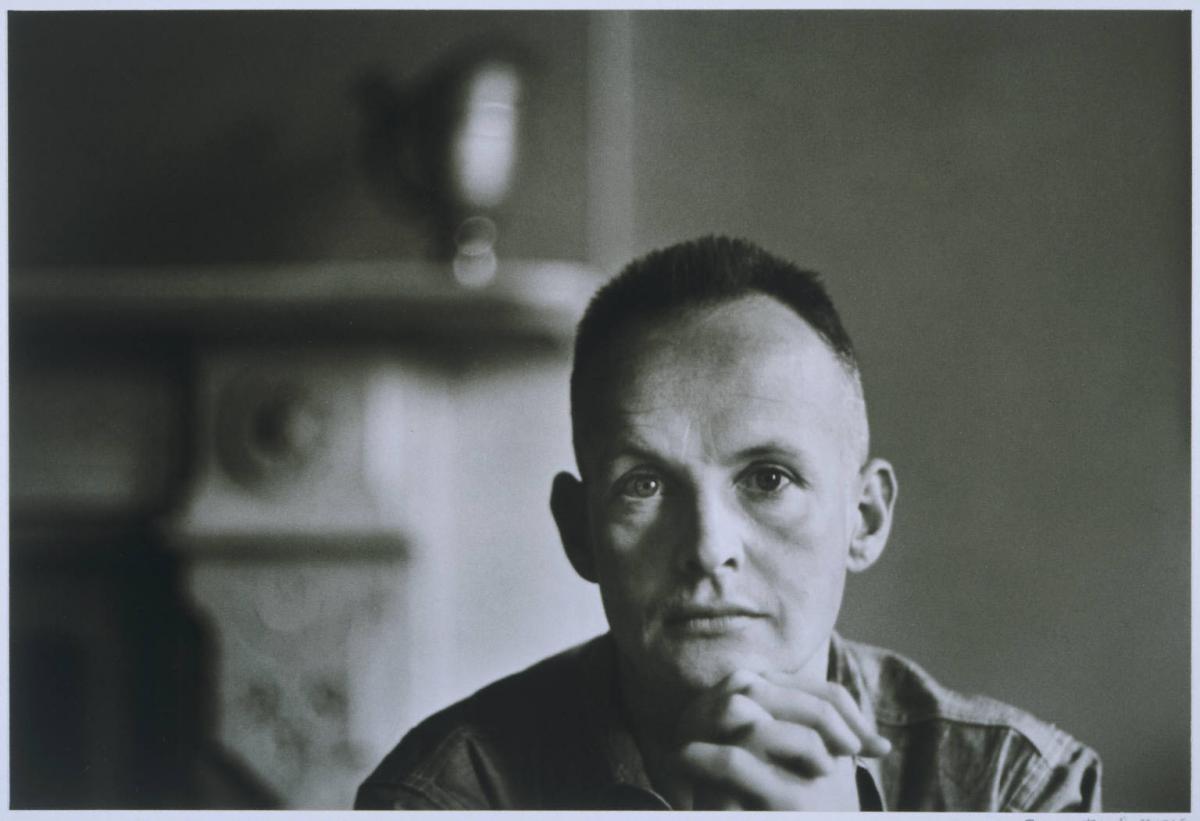Henri Cartier-Bresson
Beaumont Newhall ( 1946 )

Trained as a painter, Cartier-Bresson began his formal photography career in France in the early 1930s. He became one of the first photographers to shoot in the 35mm format with a Leica camera. His concept of the “decisive moment” defined as “the simultaneous recognition…of the significance of an event as well as a precise organization of forms which gives that event its proper expression” set a standard for photography that influenced generations. Using his tiny handheld camera, Cartier-Bresson developed a “street photography” style of discreetly entering a crowd to take pictures. His camera allowed for thirty-six negatives, each approximately 1 x 1 inch in size to be taken on a single loading of film. The small negative made it possible to take many exposures in rapid succession. Cartier-Bresson printed the entire negative, never cropping or editing the image. He prints display a rich range of middle grays with accents of black and white. Cartier-Bresson used the metaphor of shooting to describe his work: “approach tenderly, gently on tiptoe- even if the subject is a still life.”
Cartier-Bresson had his own portrait taken by Beaumont Newhall, an influential writer and photographer who in 1937 curated the first comprehensive retrospective of photography for the Museum of Modem Art. Ten years after that pivotal exhibition, Cartier-Bresson celebrated a career retrospective at the Museum of Modem Art and the accompanying catalog for the exhibition was authored by Newhall.